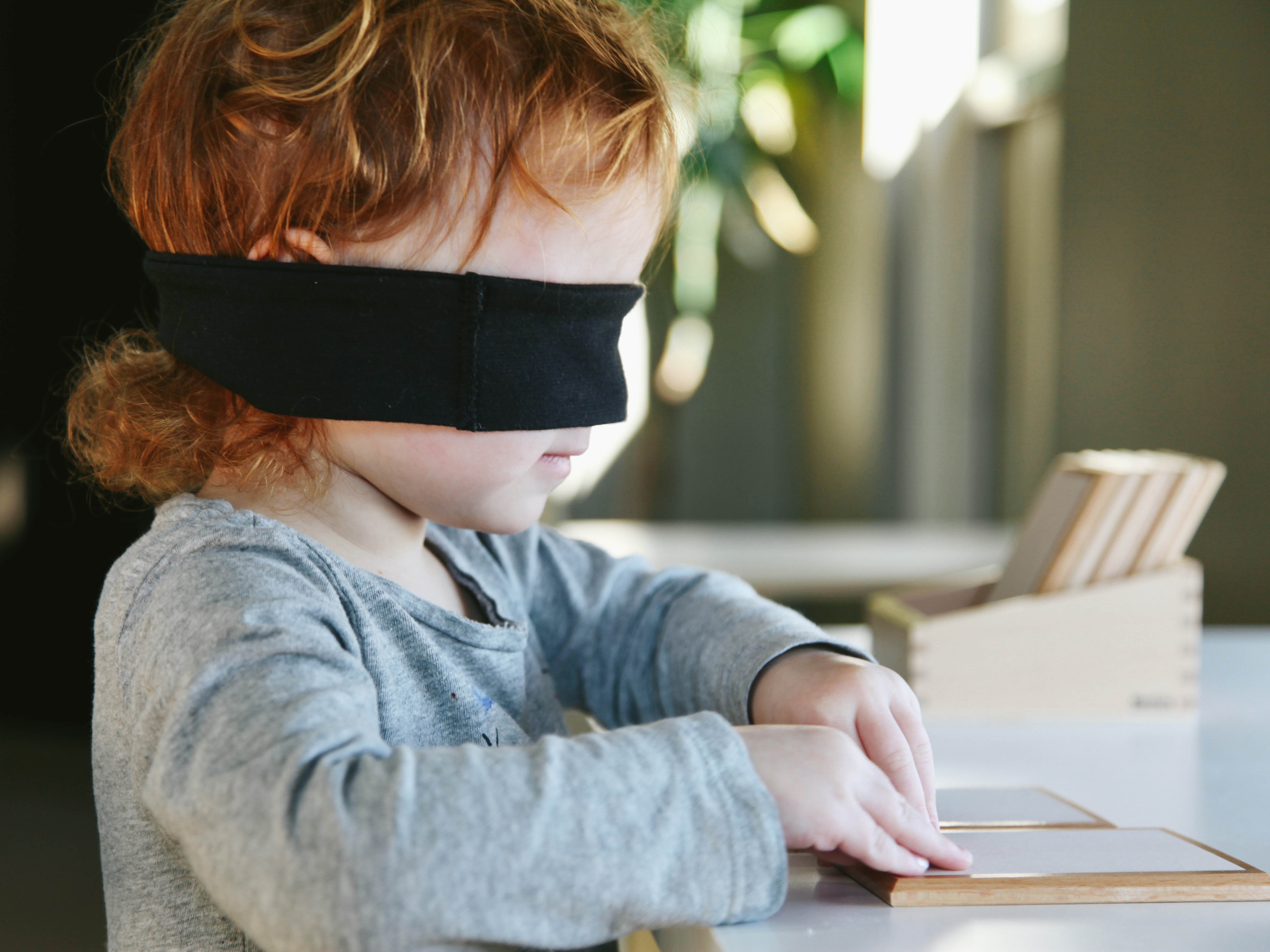
“What did you do today?”
It’s fairly certain every parent since school was started, across time and generations, has asked their child this question a couple times a week. It’s natural. How did you spend your time away from me?
And, like their own child will, inevitably, some day long down the road, a child responds, “nothing.”
We didn’t just sit and stare at walls all day, so how is this the answer?
So often, this is the answer because every work the child chooses, every interaction they have, follows that small voice inside — their development. It wasn’t too hard nor too easy. There wasn’t conflict. It was just the right level of challenge, whether for this child that means a tremendous challenge or just slightly more challenging than the last work they mastered.
Why don’t we just share a list of the materials a child used, or even a list of the materials a child was shown?
While a list like this could be made, it would not necessarily been indicative of what a child learned, not even of what a child did.

In a Montessori classroom, the children are not just learning the material an adult is showing them. They’re learning the material their friend has out that they’re watching so closely. They’re learning the language for math, such as “remainder,” and “fraction,” and “seven hundred,” years before they’re going to work with this material themselves. They’re learning not just how to build the Pink Tower, but also large and small, and the comparative and superlative language to match, and they’re using this new vocabulary to describe the world around them.
The children are learning social skills. They’re developing language and communication tools. They’re having conversations, recalling stories, and internalizing the nuance of back and forth natural to a relationship. They’re following their own development, while also looking out for the well-being of others. They’re feeling a sense of ownership and belonging in a group community, while also feeling confident and a strong sense of independence and individuality.
Speaking of feelings, they’re learning internal skills we don’t have materials for but are growing each and every day. They’re developing task-persistence with a seemingly insurmountable spill. They’re establishing confidence and self-efficacy as they look at a shelf and realize they know every work on it, and as they assist a friend in a skill they not long ago struggled with. They’re honing concentration as the minutes and even hours tick by with a beloved material that just perfectly meets their development in this moment.
There are gross and fine motor skills, manual dexterity and hand-eye coordination. There are rigorous moments and moments of restoration. There are easy days when all the skills come together and days when everything feels new and hard and out-of-sorts.
With all this and so much more happening each moment of each day, no wonder the answer is “nothing.” The answer is, “everything.” I built a strong foundation today. I grew into the person I am becoming today. I took one more step on my journey today. I created neural pathways today. I started something today that I will form my life in completing. In light of all this, “I worked with Table Washing and I spilled my bucket,” couldn’t possibly represent what I did today; it’s even less than the tip of the iceberg.
We don’t stop asking this question. Much like the child asking “why?” not because they expect an answer but because it keeps the conversation going, “what did you do today?” is sometimes the best way we know how to say, “I missed you today, did you miss me too? Were you loved today? Did you grow into your best self today?” It is the best way we know to keep the conversation going. When a child doesn’t have the words to answer the question, everything they are will answer. The new skills they casually demonstrate, the way they talk to or interact with others, their demeanor is the answer. They didn’t Do, they are Becoming.